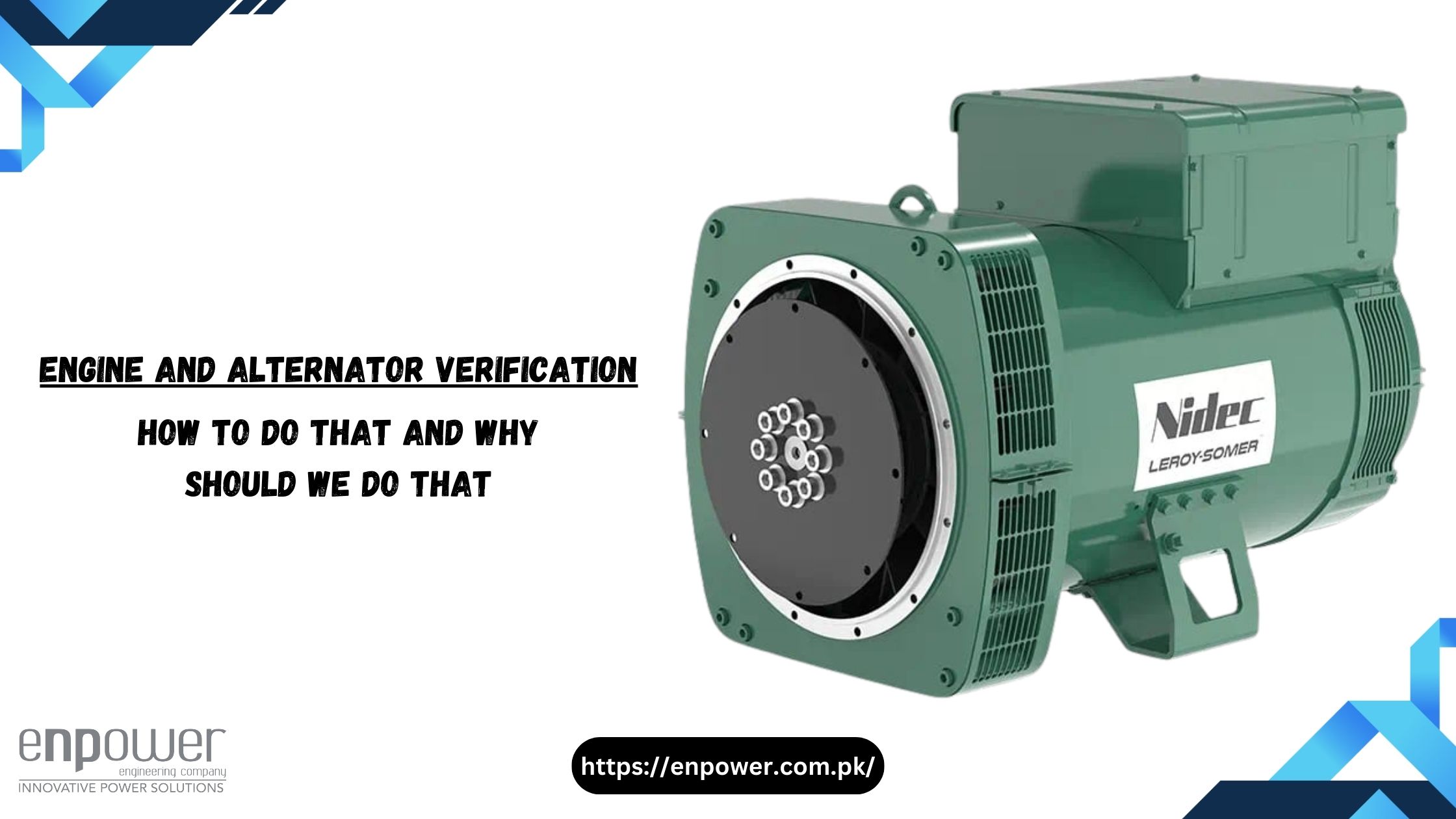Engine and alternator verification is a critical process for ensuring the smooth and efficient operation of your machinery. Whether you’re dealing with automotive, industrial, or backup power systems, regular checks and maintenance can prevent costly failures and enhance longevity. In this guide, we will explore why engine and alternator verification is essential and how to perform it effectively.
Why Is Engine and Alternator Verification Important?
Engine and alternator verification is necessary for several reasons:
- Preventing Unexpected Failures: Regular verification helps detect issues before they cause serious damage.
- Ensuring Efficiency: A well-maintained engine and alternator perform better, consuming less fuel and energy.
- Increasing Longevity: Proper maintenance extends the lifespan of these critical components.
- Compliance with Standards: Many industries require periodic verification for safety and operational compliance.
- Cost Savings: Preventive maintenance is always cheaper than unexpected repairs or replacements.
How to Perform Engine and Alternator Verification
Performing engine and alternator verification involves several steps:
1. Visual Inspection
- Check for visible damages, loose connections, leaks, and corrosion.
- Ensure the alternator belt is properly aligned and tensioned.
2. Battery and Wiring Check
- Inspect battery terminals for corrosion.
- Ensure the wiring is properly connected and there are no frayed or damaged wires.
3. Voltage Output Measurement
- Use a multimeter to measure the alternator’s voltage output.
- A healthy alternator should typically read between 13.5V and 14.5V.
4. Load Testing
- Apply a load to the alternator and monitor how it responds.
- Check if the voltage remains stable under different loads.
5. Engine Performance Analysis
- Check oil and coolant levels.
- Monitor exhaust emissions for unusual colors, which may indicate internal problems.
6. Noise and Vibration Analysis
- Unusual noises or excessive vibrations could indicate worn-out bearings or misalignment.
- Listen for high-pitched whining or rattling sounds.
7. Software Diagnostics
- Modern engines and alternators have onboard diagnostics.
- Use diagnostic tools to check for error codes and performance logs.
Key Aspects of Engine and Alternator Verification
Regular Inspection and Maintenance
Routine inspections help identify wear and tear early. Set a schedule based on manufacturer recommendations or industry best practices.
Performance Monitoring
Track the efficiency of your engine and alternator over time to identify gradual declines in performance.
Fault Diagnosis
Use diagnostic tools to pinpoint issues before they cause complete system failures. Early detection leads to quicker, cost-effective repairs.
Safety Considerations
Ensure that all verification steps follow safety protocols. Always turn off the engine and disconnect the battery before performing any checks.
Compliance and Record-Keeping
Maintain logs of verification activities to comply with regulatory standards and ensure a consistent maintenance routine.
Conclusion
Engine and alternator verification is a vital part of maintaining your vehicle or machinery. Regular checks can prevent unexpected breakdowns, enhance efficiency, and ensure safety. By following a systematic approach to verification, businesses like Enpower can maintain reliability and reduce operational costs.
Frequently Asked Questions
How often should engine and alternator verification be performed?
It depends on usage and manufacturer recommendations, but typically every 3 to 6 months for heavy use and annually for moderate use.
What are the signs of a failing alternator?
Common signs include dimming lights, battery warning lights, unusual noises, and difficulty starting the engine.
Can a faulty alternator damage the engine?
Yes, a malfunctioning alternator can lead to battery drainage, voltage fluctuations, and potential damage to electronic components.
Is engine and alternator verification necessary for new vehicles?
Even new vehicles require periodic verification to ensure proper function and prevent manufacturing defects from causing early failures.
What tools are needed for engine and alternator verification?
Basic tools include a multimeter, diagnostic scanner, socket wrenches, and visual inspection tools like a flashlight and mirror.
By implementing a routine engine and alternator verification schedule, Body and Blast ensures reliability and longevity in all its machinery and vehicles.


